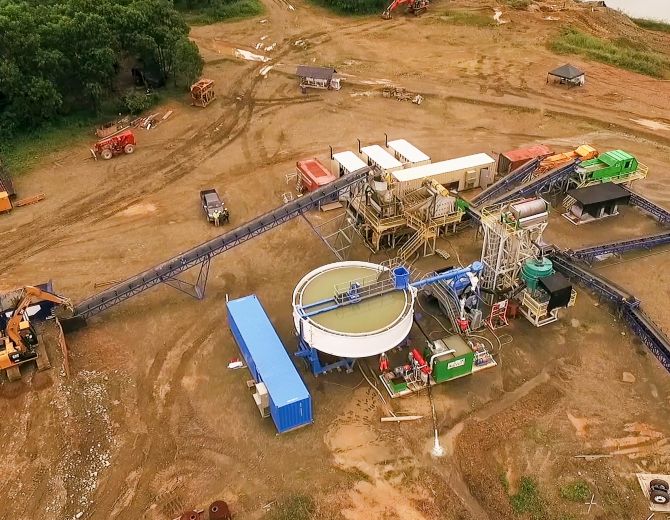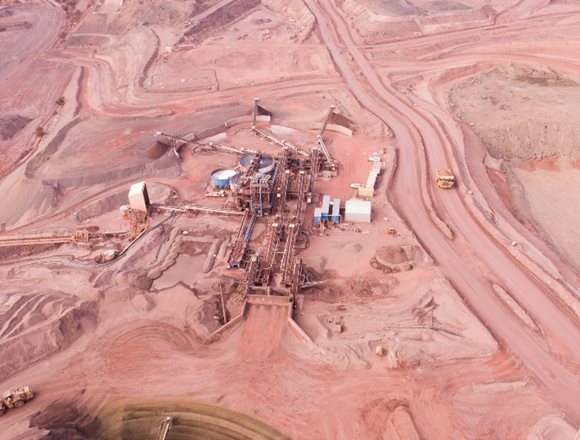
Alluvial gold is found beneath the surface at the bottom of a creak or stream. Alluvial gold mining is the process of extracting gold from these creaks, rivers and streams and is generally considered to be the most environmentally friendly method of gold mining as a result of the reduced environmental impact when compared to underground mining.
Alluvial gold deposits form over time where a river runs, or has previously run through ground which is rich in gold. The erosive power of the water removes the surrounding rock due to its comparative low density while the heavier gold resists being moved. Alluvial gold usually takes the form of dust, thin flakes or nuggets.
Alluvial Mining
The first stage in alluvial gold mining is to take the dredged or excavated feed material and separate the small sand faction (where the gold is found) from the larger mineral and rock fraction. In a typical alluvial mining process physical separation methods such as screening and gravity separation are employed to separate the gold from the mineral fraction.
Our proven wet processing solutions are modular and can easily integrate with an existing alluvial mining operation, allowing you to improve the quality of the output material which will then go through further density separation to catch the heavier gold particles.








